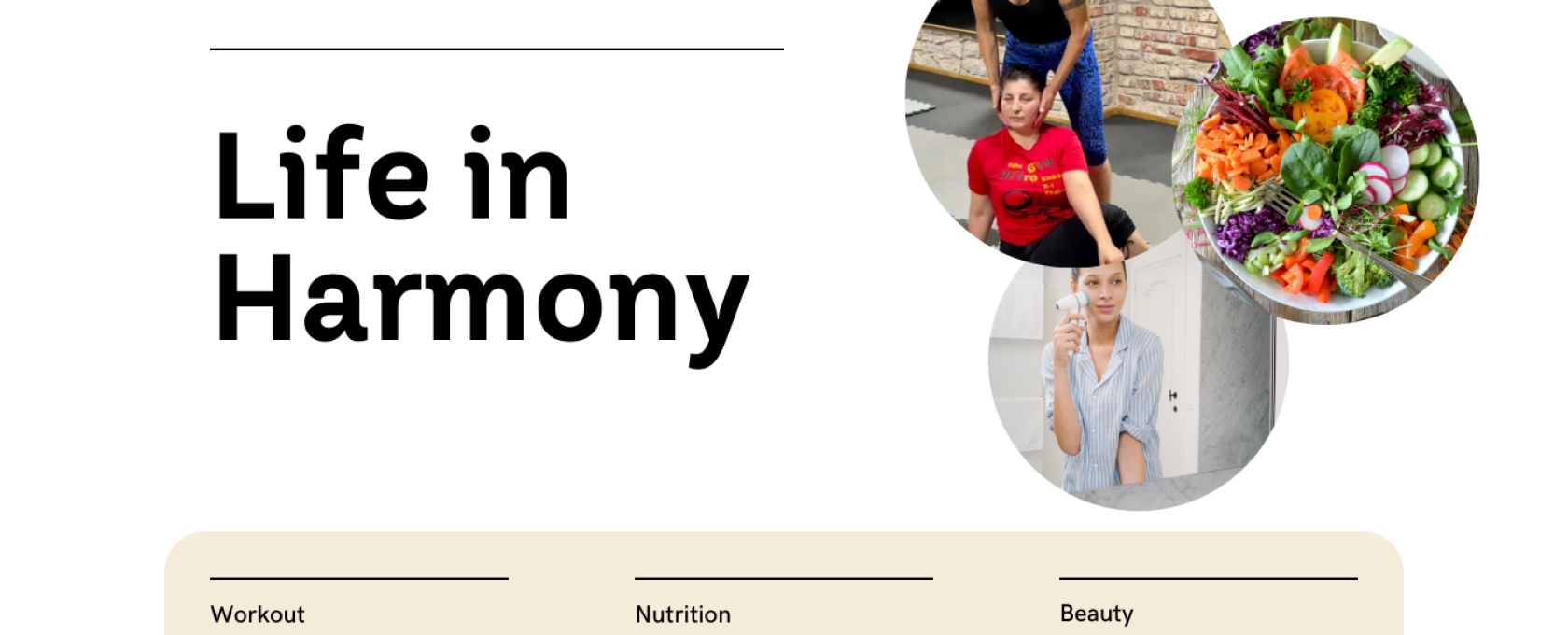What it is: Spinning is a specific format of indoor cycling. Only certified Spinning instructors are allowed to teach “Spinning,” but other group cycling programs exist by different names, and some have their own certifications. Spinning is a cardio (aerobic) workout set to music and led by a certified instructor.
What to expect: Try to think of your instructor as a guide—he or she should give you general guidelines about how much resistance to add, how fast to pedal, how hard you should be working, and when to do certain movements (like standing, sitting, sprinting, etc.). Using these cues as guidelines, it’s up to you to work out at your level and pay attention to how you feel. Especially if you’re a beginner, remember that it will take a few weeks to build up your fitness level to be able to work hard for the whole class. It’s important to honor your body and work at a lower intensity as you get the hang of it.
You can also expect to feel fatigued throughout your leg muscles when you’re newer to Spinning—even if you’re used to working out in general. But no matter what, don’t stop pedaling. At the very least, keep those legs moving slowly. Suddenly stopping any exercise has risks (like passing out and lightheadedness), so if you get tired, simply reduce your resistance and slow down to catch your breath.
You will also feel some saddle soreness from the seat, and that’s very normal. After coming to class regularly, that soreness will go away for most people. If it helps, stand up out of the seat a little bit when you need a break. You can also adjust your position in the saddle and take “posture breaks,” where you stop reaching forward to the handlebars to sit upright in your seat.
What to wear: Workout clothes (but no long/baggy pants, because those can get caught in the pedals/wheels) and flat-soled workout shoes are a must. If you have them, padded cycling shorts will increase your comfort, and cycling shoes with cleats (that clip into the bike pedals) can make your workout more effective. But cycling shorts and shoes are not necessary, especially not for beginners.
What to bring: At least one water bottle and a towel for all that sweat.



